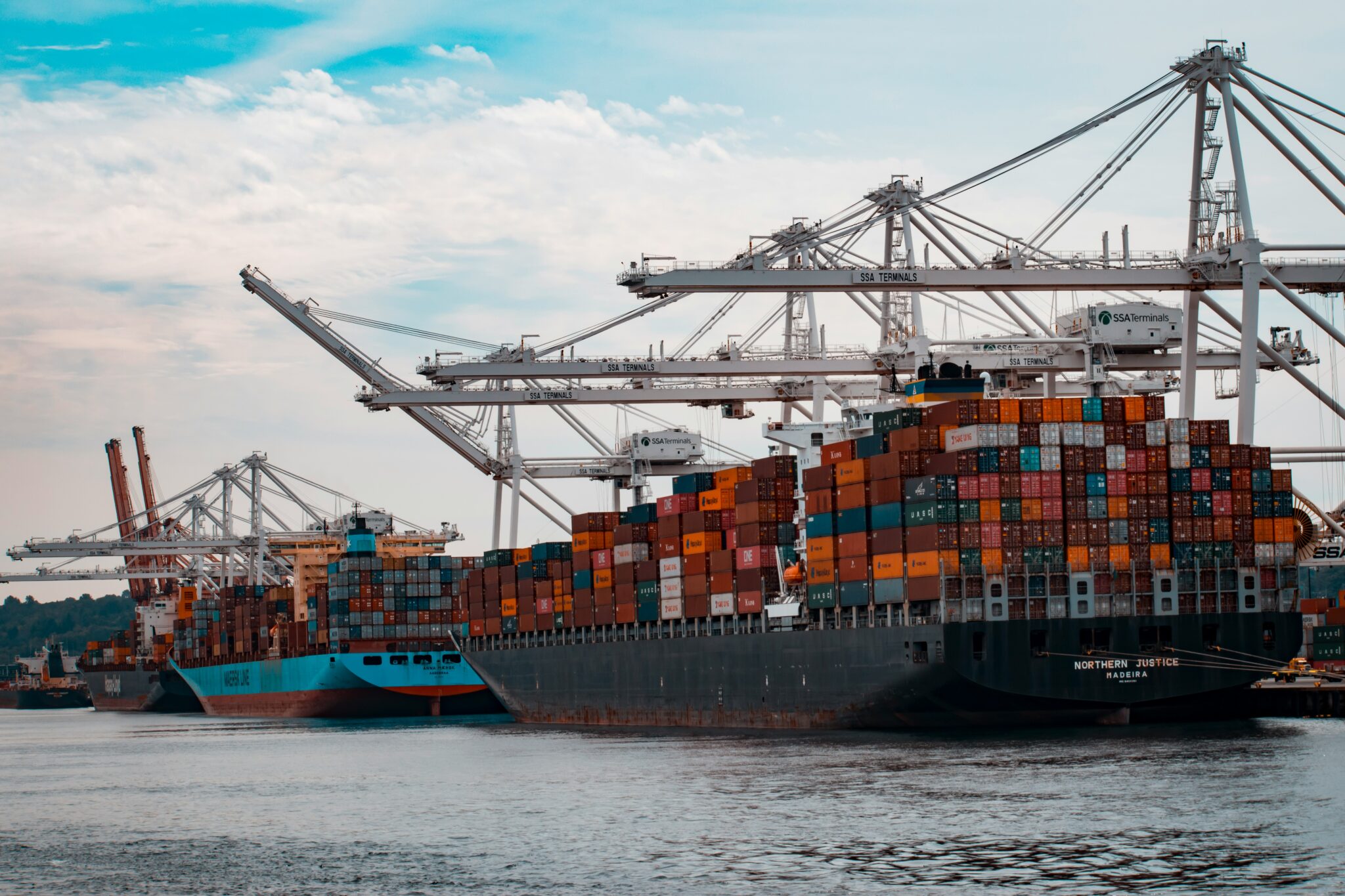Expanding your WooCommerce store to sell across multiple countries is exciting, but it comes with a unique set of challenges—especially when it comes to shipping. When you’re operating a multi-language, multi-currency store, these difficulties are amplified. From handling international shipping rates to dealing with customs and ensuring accurate communication, shipping products globally presents many hurdles. Here’s a breakdown of the key challenges and some potential solutions.
1. Shipping Rates and Currencies
Calculating shipping costs across different currencies is one of the biggest obstacles. Shipping carriers charge in their local currency, which means fluctuating exchange rates can impact the final shipping costs. If your store accepts multiple currencies, you need to ensure that shipping fees are converted correctly in real-time, taking into account current rates.
Key challenges:
- Exchange rate volatility affecting final prices.
- Ensuring shipping costs are correctly calculated for each currency at checkout.
Solution: Use plugins or APIs from shipping carriers that offer real-time shipping rates and currency conversions to ensure accurate pricing.
2. Customs, Duties, and Taxes
Shipping internationally means dealing with customs regulations, duties, and taxes in each country. Many countries impose import taxes and duties on products, and these fees vary depending on the product type and value. Ensuring that your store calculates these fees correctly—and informs customers about them before purchase—is crucial for avoiding shipping delays and frustrated customers.
Key challenges:
- Managing different import rules for various countries.
- Calculating duties and taxes upfront to avoid surprises.
Solution: Use shipping software or plugins that help calculate customs duties and taxes based on the customer’s country. Providing clear information about potential fees before checkout is essential to avoid cart abandonment.
3. Shipping Methods and Carrier Integration
Not all shipping carriers operate in every country, and the available services (standard, express, tracked) vary between regions. Integrating multiple shipping carriers and ensuring the right options are available for each region is a time-consuming process.
Key challenges:
- Offering accurate shipping options for each region.
- Ensuring shipping times and costs are reasonable for customers across multiple countries.
Solution: Partner with multiple international carriers to offer a variety of shipping methods. Use WooCommerce shipping plugins that allow you to set region-specific shipping rules and rates.
4. Language Barriers in Shipping Communication
Running a multi-language WooCommerce store means you need to provide shipping information, tracking details, and customer support in multiple languages. Miscommunication can lead to issues with delivery expectations and confusion over tracking updates.
Key challenges:
- Translating shipping information and tracking details into multiple languages.
- Ensuring clear communication for customers in different regions.
Solution: Use a reliable multi-language plugin like WPML or Polylang, and integrate your shipping provider’s tracking and updates with localized versions of the site.
5. Handling Returns Across Borders
Cross-border returns are another hurdle for global WooCommerce stores. Shipping products back to their origin often involves additional costs, delays, and customs complications.
Key challenges:
- Managing international return shipping costs.
- Ensuring clear communication with customers about the return process and potential fees.
Solution: Offer a clear returns policy, especially for international customers. Work with local return partners in major countries to simplify the process and reduce shipping costs.
Final Thoughts
Shipping to multiple countries when running a multi-language, multi-currency WooCommerce store adds layers of complexity that require careful management. By using the right tools and strategies—such as real-time shipping rates, automated customs duty calculations, and clear language localization—you can streamline the process and provide a seamless experience for your global customers.
Managing international shipping is not easy, but with the right systems in place, you can scale your business globally without sacrificing customer satisfaction.
If you need help transforming your WooCommerce store into a multi currency / multi language platform to sell into new territories, get in touch.

